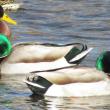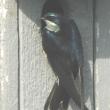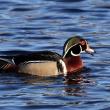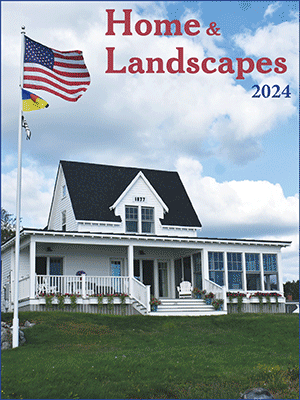Green Birds of Maine
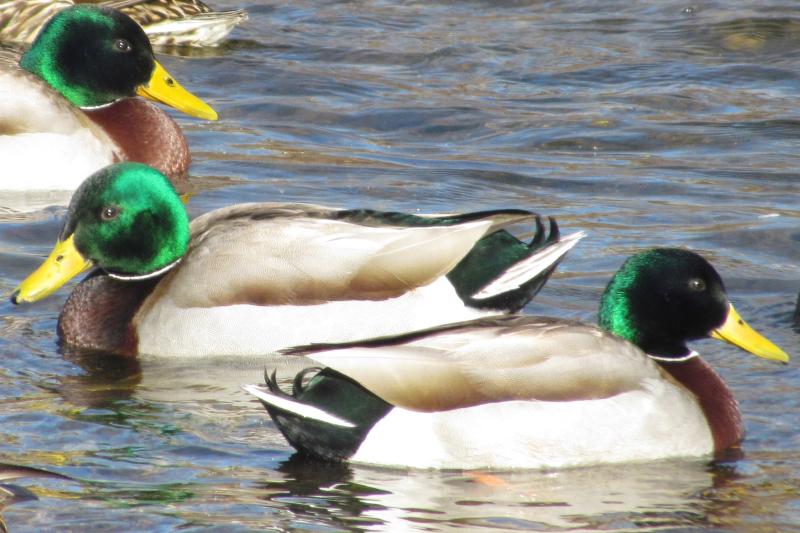 The striking green head of the male mallard would seem to make them a favorite of the St. Patrick's Day reveler. Courtesy of Jeff Wells
The striking green head of the male mallard would seem to make them a favorite of the St. Patrick's Day reveler. Courtesy of Jeff Wells
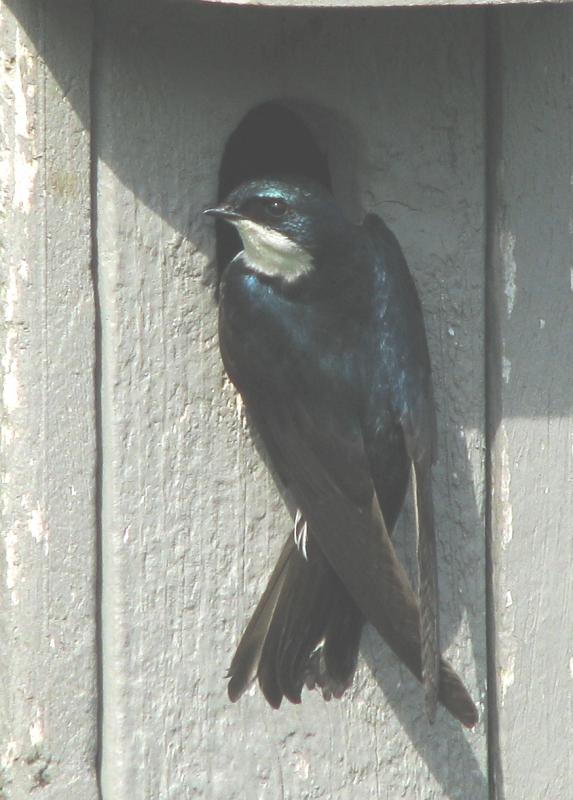 The green of the adult tree swallow has more bluish tones. Courtesy of Jeff Wells
The green of the adult tree swallow has more bluish tones. Courtesy of Jeff Wells
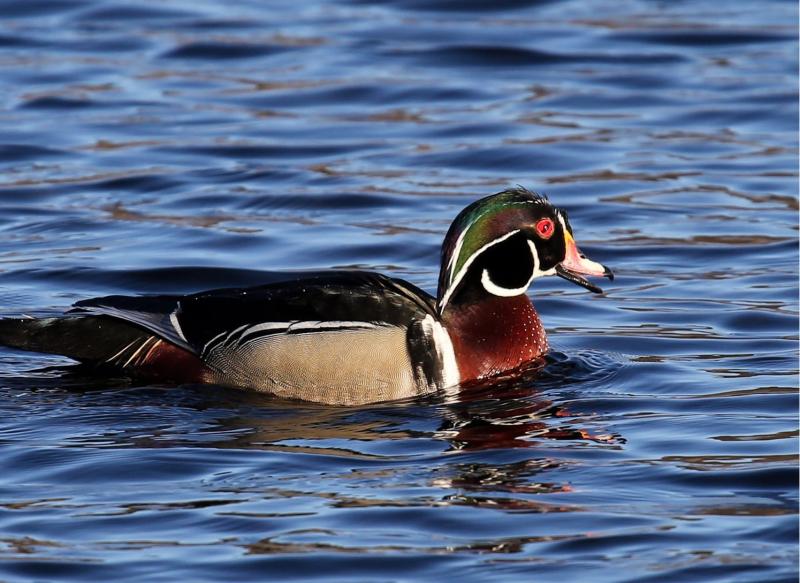 Wood ducks have begun returning for the breeding season, showing off their bounty of beautiful colors, including the green on their heads. Courtesy of Dave Small
Wood ducks have begun returning for the breeding season, showing off their bounty of beautiful colors, including the green on their heads. Courtesy of Dave Small
 The striking green head of the male mallard would seem to make them a favorite of the St. Patrick's Day reveler. Courtesy of Jeff Wells
The striking green head of the male mallard would seem to make them a favorite of the St. Patrick's Day reveler. Courtesy of Jeff Wells
 The green of the adult tree swallow has more bluish tones. Courtesy of Jeff Wells
The green of the adult tree swallow has more bluish tones. Courtesy of Jeff Wells
 Wood ducks have begun returning for the breeding season, showing off their bounty of beautiful colors, including the green on their heads. Courtesy of Dave Small
Wood ducks have begun returning for the breeding season, showing off their bounty of beautiful colors, including the green on their heads. Courtesy of Dave Small
A birding friend of ours who travels the world to see and photograph birds sent us a photo of an African bird—a little bee-eater, a handsome bird with a yellow-belly and an emerald green back—in celebration of St. Patrick’s Day.
Green is the color associated with St. Patrick’s Day festivities, at least here in the U.S., sometimes taken to extremes by coloring various foods and drinks.
In the bird world, perhaps the group that first comes to mind when you think of green-colored birds are the members of the parrot family, including the parakeets. If you casually flip through the pages of a parrot guide, you can’t help but be struck by how the majority of them are green. That bright green might seem to make them conspicuous, but it also makes them devilishly hard to see when they are foraging among the green leaves of a tree or bush. That’s something many-a-birder has discovered when traveling to the warmer parts of the world where members of the parrot family are most diverse.
Except for the occasional caged bird escape, we don’t have parrots or parakeets here in Maine. But we do have some of our own green, or at least greenish, birds.
We need to start off by acknowledging the fact that the black head of our beloved common loon in breeding plumage can show an iridescent green color in just the right light. That’s true also of a few other black-headed waterfowl that we see regularly in Maine including the male common merganser, common goldeneye, and greater and lesser scaup. Male wood ducks (which are just now returning across the state), have a green head and crest. The male mallard is famous for his green, shiny head, and several other ducks that are regular in Maine have spots of green in the head including the green-winged teal (as its name suggests, it also has green in the wing) and the American wigeon. We can’t leave out the subtly beautiful lime green that you can see this time of year on the back of the head of the male eider, contrasting with the black cap and white cheek and body.
One of the next migrant birds to watch out for will be tree swallows. The adults in good light will show an intense bluish-green on the back and head. Another early spring migrant here is the ruby-crowned kinglet. Its back, head, and wings are certainly green but not as flashy—perhaps more of an olive-green. If you are lucky enough to see the red crest raised on the tiny bird, the green may suddenly appear more vibrant.
It may not be until May, but green-backed birds, like the red-eyed vireo that like to stay hidden in the green leaves of the forest, will return as well. The hard-to-tell apart by sight Empidonax flycatchers—the least, alder, willow, and yellow-bellied flycatchers—all have a greenish-toned back and head. And of course, there are the various warblers whose yellows and oranges overshadow the greens. Tennessee warblers, though, keep it simple and show off their green backs, wings, and tail, contrasting with the gray cap and neck and white undersides.
We have just touched on a few of the green birds of Maine, and we haven’t even considered how it is that a bird’s feathers can appear green. That’s a topic for another day. In the meantime, keep your eyes peeled to see which birds you see wearing the green!
Jeffrey V. Wells, Ph.D., is a Fellow of the Cornell Lab of Ornithology and Vice President of Boreal Conservation for National Audubon. Dr. Wells is one of the nation's leading bird experts and conservation biologists. He is a coauthor of the seminal “Birds of Maine” book and author of the “Birder’s Conservation Handbook.” His grandfather, the late John Chase, was a columnist for the Boothbay Register for many years. Allison Childs Wells, formerly of the Cornell Lab of Ornithology, is a senior director at the Natural Resources Council of Maine, a nonprofit membership organization working statewide to protect the nature of Maine. Both are widely published natural history writers and are the authors of the popular books, “Maine’s Favorite Birds” (Tilbury House) and “Birds of Aruba, Bonaire, and Curaçao: A Site and Field Guide,” (Cornell University Press).




